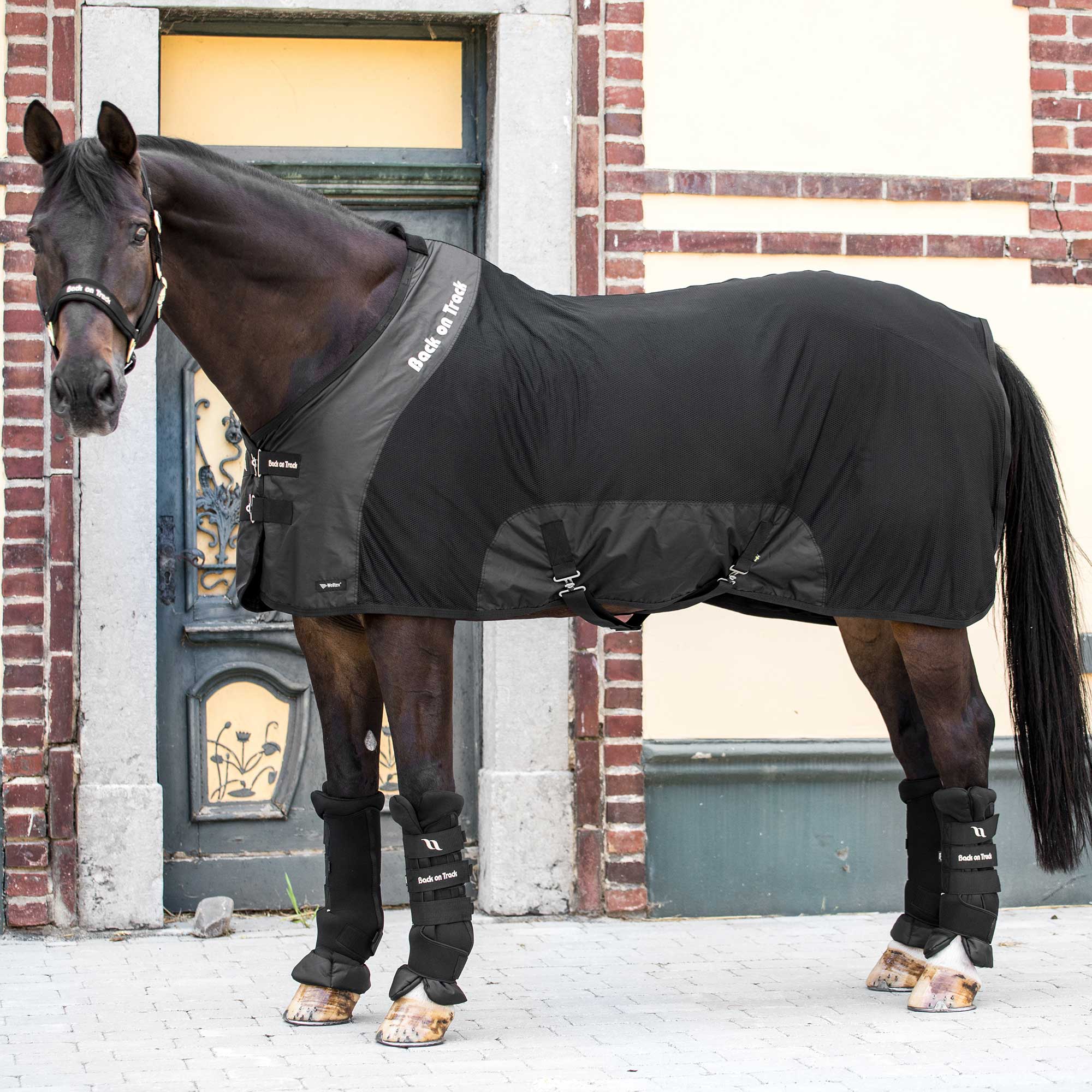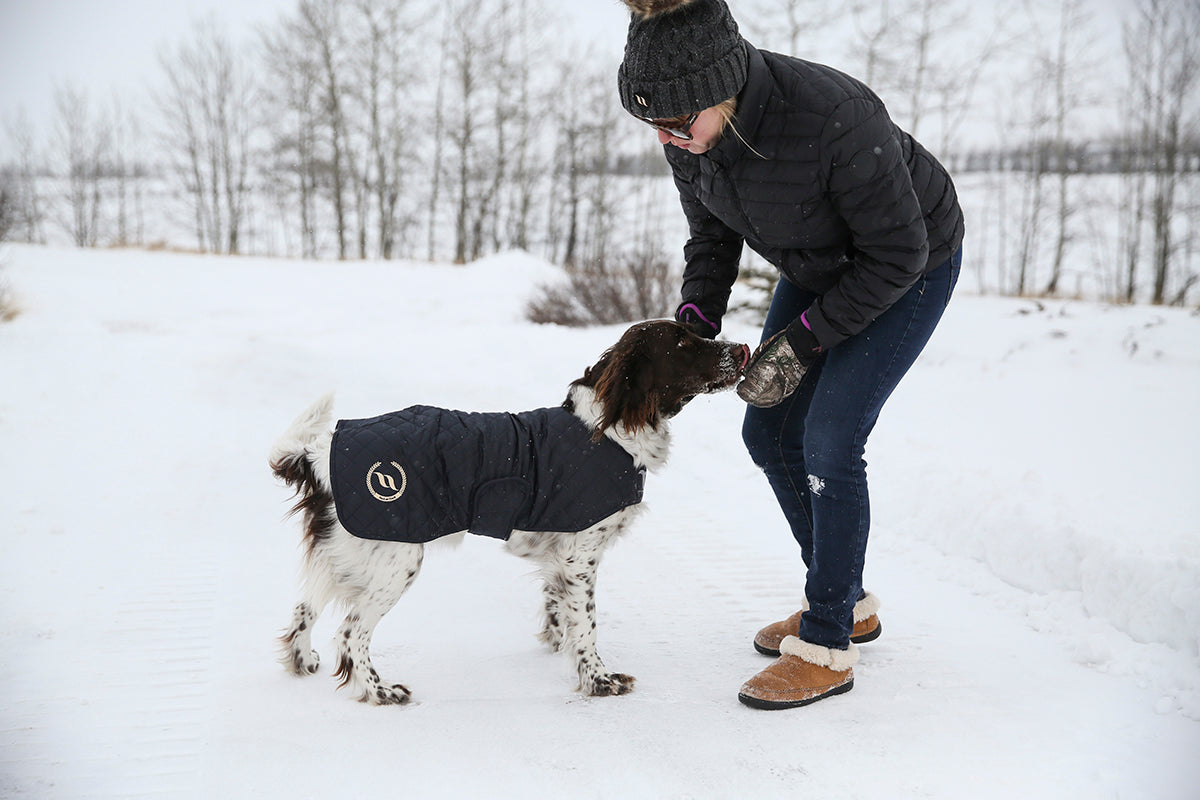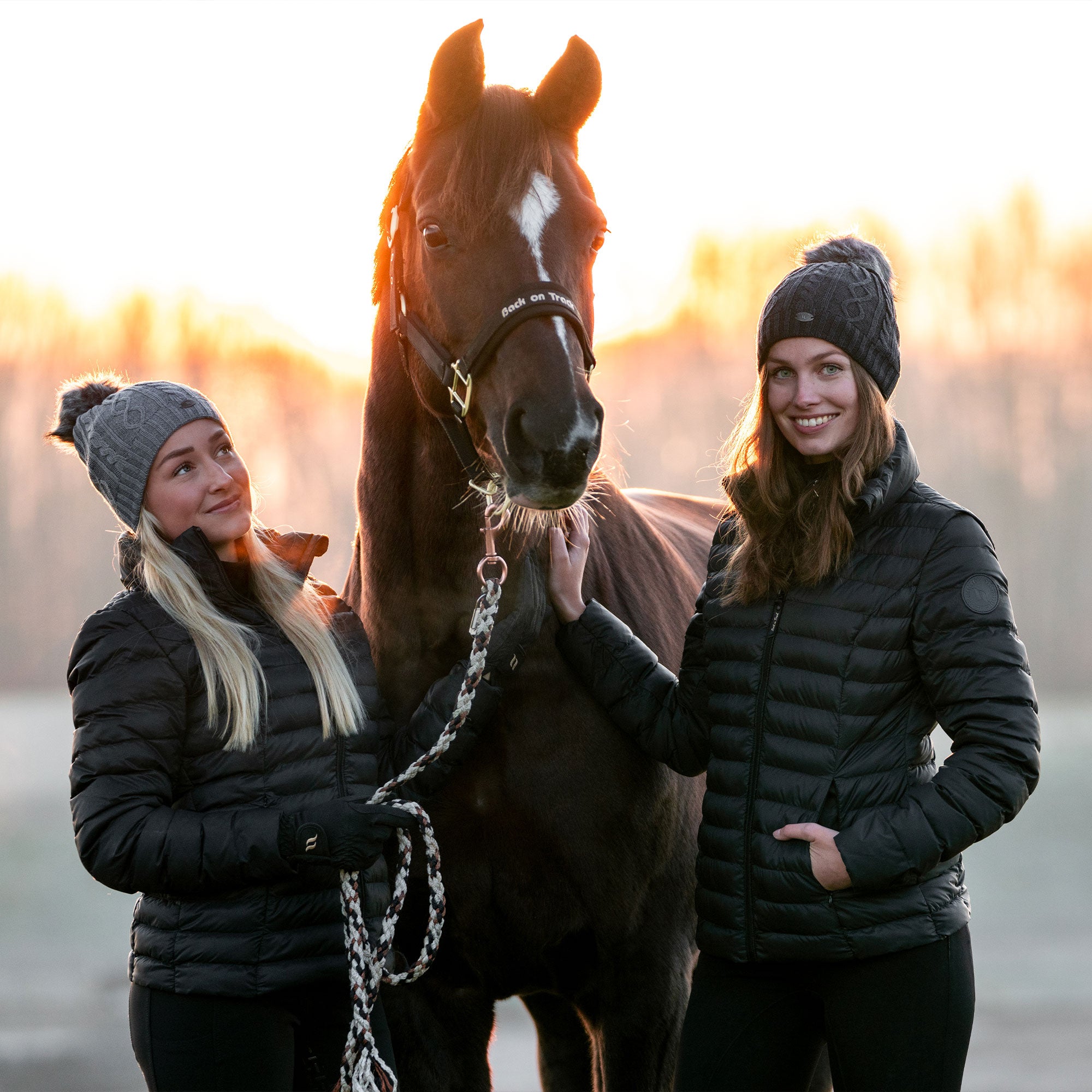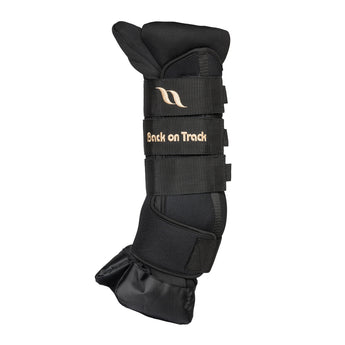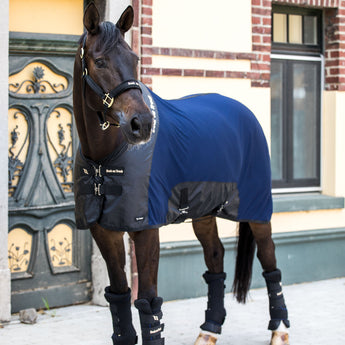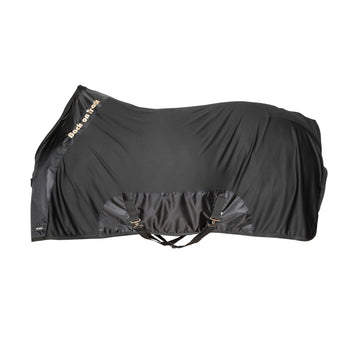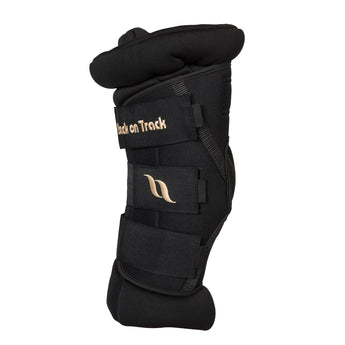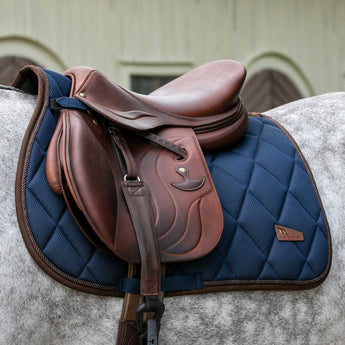Welcoming a new puppy into your family is cause for great excitement. It’s also an undertaking that requires a lot of planning and preparation. Owning any pet is a great responsibility, but younger pets tend to require a bit more attention and care than their older counterparts. This comprehensive guide to adopting a puppy will help you through every aspect of welcoming your new furry friend into your life.
Do your research
The most important thing to do when adopting a puppy, as with adopting any pet, is to do your research and plan out the adoption process as completely as you can. During this preparation process, you’ll need to consider not only the breed of dog you hope to adopt but also the avenue through which you’ll be adopting. Start by contacting the shelters in your area. Many shelters will have puppies available for adoption but because many people prefer younger dogs over older dogs, others will likely adopt them quite quickly. Subscribe to your local shelter’s email list to stay updated on all their residents currently up for adoption. As many shelter dogs are mixed breeds, you’ll likely need to seek out a different avenue for adoption if you are looking to adopt a purebred pup. Private breeders are the most ethical way to go if you want to adopt a purebred puppy. Be sure to meet with the breeder ahead of time to ensure they aren’t engaging in unethical practices. A responsible breeder will breed only one litter at a time and will properly wean the puppies from their mother before putting them up for adoption.
During your research, you should also consider which breed of dog will fit best into your family and lifestyle. Some dog breeds behave better with children and pets than others, so it’s important to consider your family dynamic before adopting a new puppy. You’ll also need to consider the available space at your home, as some dog breeds will require more space and activities than others. While a dog’s breed can indicate certain personality and behavioral traits, it’s important to remember that each individual dog is different and will have its own personality. The best way to ensure that a puppy will be a good fit in your family is to meet them in person and start building a connection.
Puppy-proof your house
Before you officially welcome your new furry friend into your life it’s important to puppy-proof your home. Puppies are quite inquisitive by nature and may wreak havoc on your home as they begin to explore their new surroundings. Taking the necessary measures to puppy-proof your home will ensure that your new pup has a safe place to live and grow. Start by moving all potentially hazardous products out of reach of the puppy. This includes any cleaning products, medications, potentially poisonous houseplants, and any small items that may pose a choking risk for your pup. You should also move electrical cords and trash cans out of reach. Be sure to puppy-proof the exterior of your home as well as the interior. Placing a fence around your property will reduce the risk of your puppy running off as they become acquainted with their new surroundings.
Find a good Vet
Having a good vet on hand is an important pillar of being a pet owner. You should visit a vet within the first few days of bringing your puppy home. The vet will conduct a complete health exam to ensure your puppy is in the best possible condition and has not contracted any illnesses while at the shelter or breeder, such as kennel cough or parvovirus. Your vet should also administer all the proper vaccinations to ensure that your pup remains healthy for the foreseeable future. At this time you can also choose to spay or neuter your pup. Consult the breeder or shelter from which you adopted your pup for recommendations for a trusted veterinarian in your area.
Be patient
Patience is of the utmost importance when welcoming a new puppy into your life. Remember that they are still young and that experiencing everything for the first time. Allow your new puppy adequate time to become acquainted with your family and home and don’t try to rush things. Allow them to explore their surroundings at their own pace. Be patient if your pup has an accident in the house and use the instance as a training opportunity rather than scolding them right off the bat. The more patient you are with your pup during the early stages of their life, the more likely they are to trust you and you’ll be able to form a stronger, more loyal bond as they continue to grow.
Start training early
It’s best to begin training your puppy as early as possible. The sooner you begin teaching them basic commands, the faster you will form a bond and the better behaved they’ll be in the future. Start by teaching your puppy very basic commands, such as sit and lay down. Reward them with a small treat after they complete each command, as this will help reinforce the behavior and may help your puppy learn faster. Many shelters also offer training and obedience classes to help you train your puppy more effectively.
Stay active
Puppies are loving little balls of energy and excitement. As such, you must provide your pup with ample opportunity to run and play. Maintaining an active lifestyle will help keep both you and your pup in shape and will also provide you a chance to bond with one another. Maintaining an active lifestyle can also help reduce the likelihood of your pup developing certain behavioral issues. Providing your puppy with adequate exercise and stimulation will allow them the opportunity to release their energy in a more positive way, rather than by tearing up your furniture or running rampant around your house. When exercising your puppy, be sure to look out for potential injuries. A puppy’s overwhelming energy can sometimes cause them to be a bit reckless and they may overexert themselves. Sprains are some of the most common injuries among puppies and often come as a result of being a little too rough when playing. If you notice your puppy limping or favoring one side when walking it may be a sign that they suffered a sprain. Wrapping your puppy’s leg with a canine leg wrap will help the injury heal more quickly so they can get back to playing and exploring sooner.


